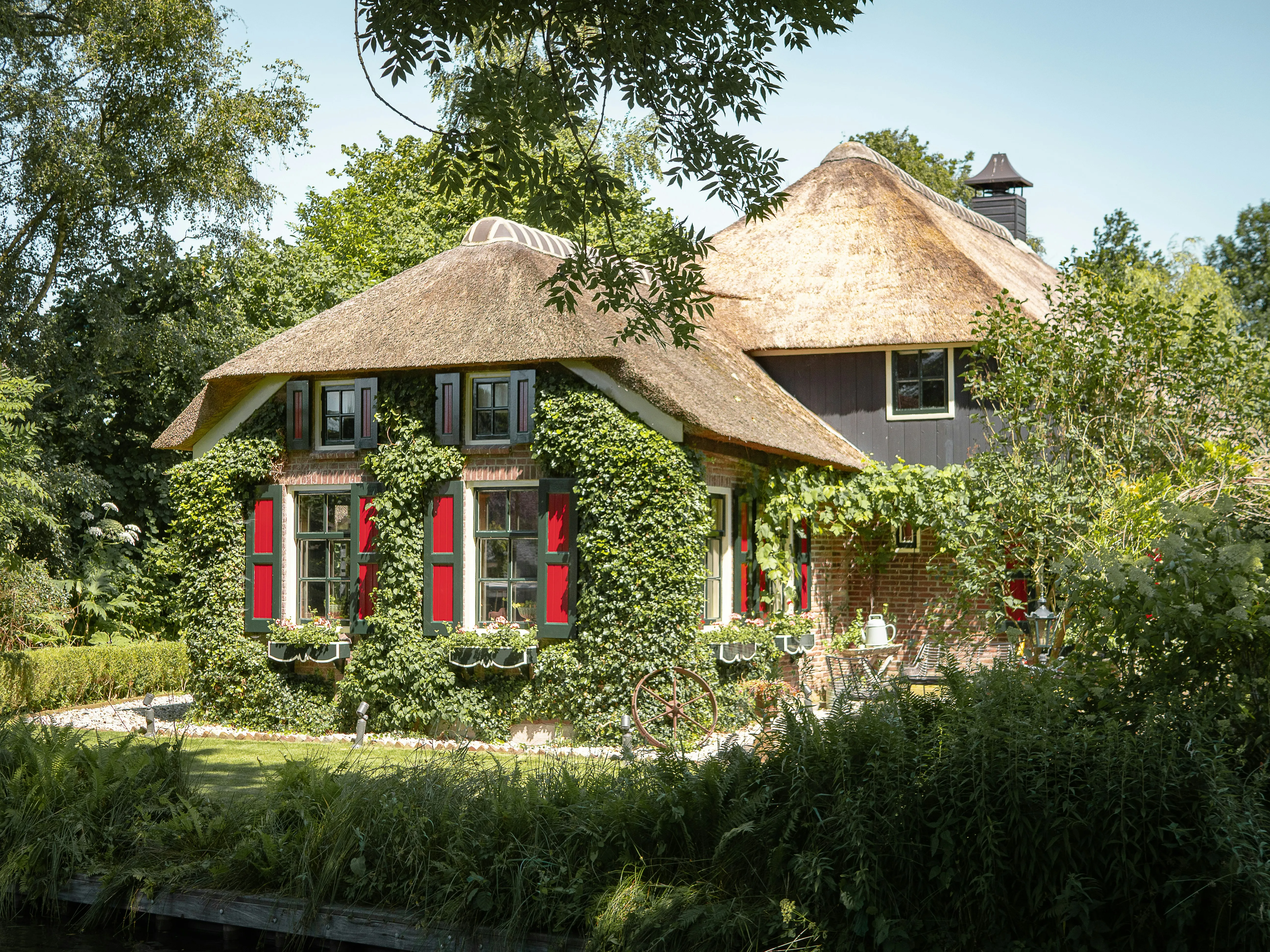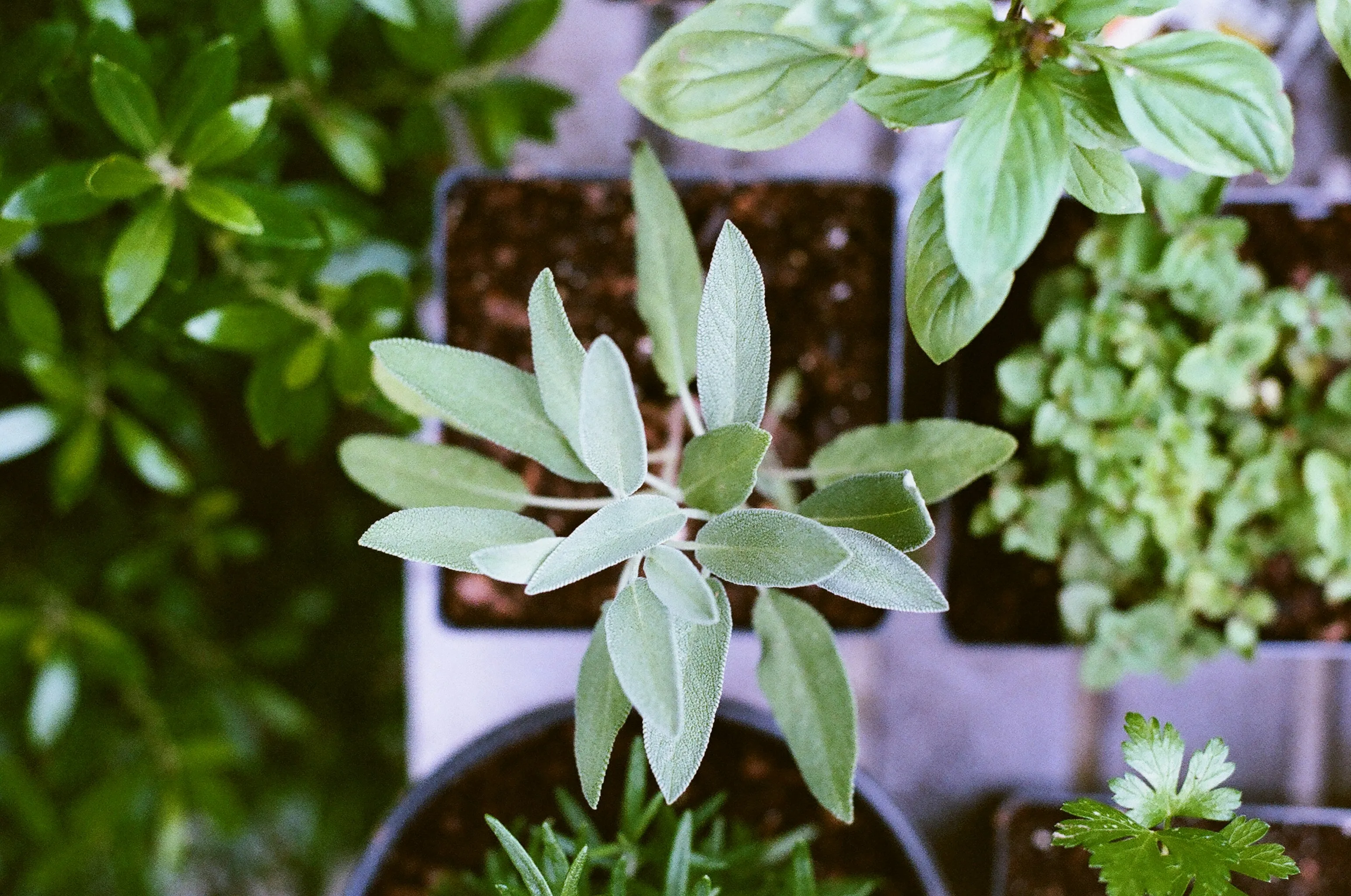Green Housekeeping: A Path to a Cleaner, Greener Home
In today's world, taking care of our environment is more important than ever. As individuals and families, we can make a significant difference by adopting eco-friendly housekeeping practices. But what does environment-friendly housekeeping mean? Let's explore this concept and discover some helpful tips for transforming your home into a cleaner, greener space.

Understanding Environment-Friendly Housekeeping
Environment-friendly housekeeping is all about maintaining a clean and healthy home while minimizing your impact on the environment. It involves using sustainable methods and products to reduce waste, conserve resources, and protect our planet. The good news is that you don't need to make drastic changes to adopt green housekeeping practices. Small, everyday adjustments can lead to significant benefits for both your home and the environment.
Choose Eco-Friendly Cleaning Products
Many commercial cleaning products contain harmful chemicals that can be dangerous to both your health and the environment. Switching to eco-friendly cleaning products is a simple yet effective way to make your housekeeping more sustainable. Look for products that are biodegradable, non-toxic, and free from harsh chemicals. You can also make your own cleaning solutions using natural ingredients like vinegar, baking soda, and lemon juice.
DIY All-Purpose Cleaner Recipe
- Ingredients:
- 1 cup white vinegar
- 1 cup water
- 10-20 drops of essential oil (optional, for fragrance)
- Instructions:
- Mix the vinegar and water in a spray bottle.
- Add essential oil if desired.
- Shake well before each use.
- Use on countertops, floors, and other surfaces for a natural clean.

Reduce, Reuse, Recycle
Adopting the three R's—reduce, reuse, and recycle—is a cornerstone of environment-friendly housekeeping. Start by reducing the amount of waste you generate. Avoid single-use plastics, opt for products with minimal packaging, and buy in bulk when possible. Reuse items instead of discarding them. For example, repurpose glass jars for storage or turn old clothes into cleaning rags. Lastly, recycle as much as possible, including paper, glass, and plastics.
Conserve Water and Energy
Water and energy conservation are crucial aspects of green housekeeping. Simple actions like fixing leaks, using energy-efficient appliances, and turning off lights when not in use can make a big difference. Consider installing low-flow faucets and showerheads to reduce water usage. Washing clothes in cold water and air-drying them whenever possible also conserves energy.
Opt for Natural Air Fresheners
Many conventional air fresheners contain synthetic fragrances and chemicals that can pollute indoor air. Instead, opt for natural alternatives to keep your home smelling fresh. Open windows to improve ventilation, use essential oils, or simmer herbs and spices on the stove. Houseplants are another excellent option as they naturally purify the air while adding a touch of greenery to your home.
DIY Natural Air Freshener Recipe
- Ingredients:
- 1 cup water
- 1 tablespoon baking soda
- 10-20 drops of essential oil (e.g., lavender, eucalyptus)
- Instructions:
- Dissolve the baking soda in water.
- Add essential oil and mix well.
- Pour the mixture into a spray bottle.
- Shake before each use and spray in the air as needed.
Use Sustainable Household Items
Switching to sustainable household items can significantly reduce your environmental impact. Choose reusable cloth towels instead of disposable paper towels, and opt for biodegradable sponges and scrubbers. For food storage, use glass containers, beeswax wraps, and stainless steel lunch boxes instead of plastic options.

Maintain a Green Garden
If you have a garden, maintaining it with eco-friendly practices is a great way to support the environment. Composting kitchen waste creates nutrient-rich soil, reducing the need for chemical fertilizers. Use rain barrels to collect rainwater for watering plants, and choose native plants that require less water and care. Avoid pesticides and herbicides, opting for natural alternatives to keep your garden healthy and vibrant.
Buy Locally and Sustainably
Supporting local and sustainable businesses not only reduces your carbon footprint but also promotes a greener economy. Buy locally grown produce and products made from sustainable materials. When shopping for household items, look for eco-friendly certifications such as Fair Trade, Organic, and Energy Star.
Conclusion: Making Green Housekeeping a Habit
Environment-friendly housekeeping is a journey that involves making mindful choices to protect our planet. By choosing eco-friendly cleaning products, reducing waste, conserving water and energy, and opting for sustainable household items, you can create a cleaner, greener home. Remember, every small step counts, and collectively, we can make a significant impact. Embrace these tips, and watch your home transform into a haven of sustainability and health. Happy green housekeeping!
Revising Sageness




